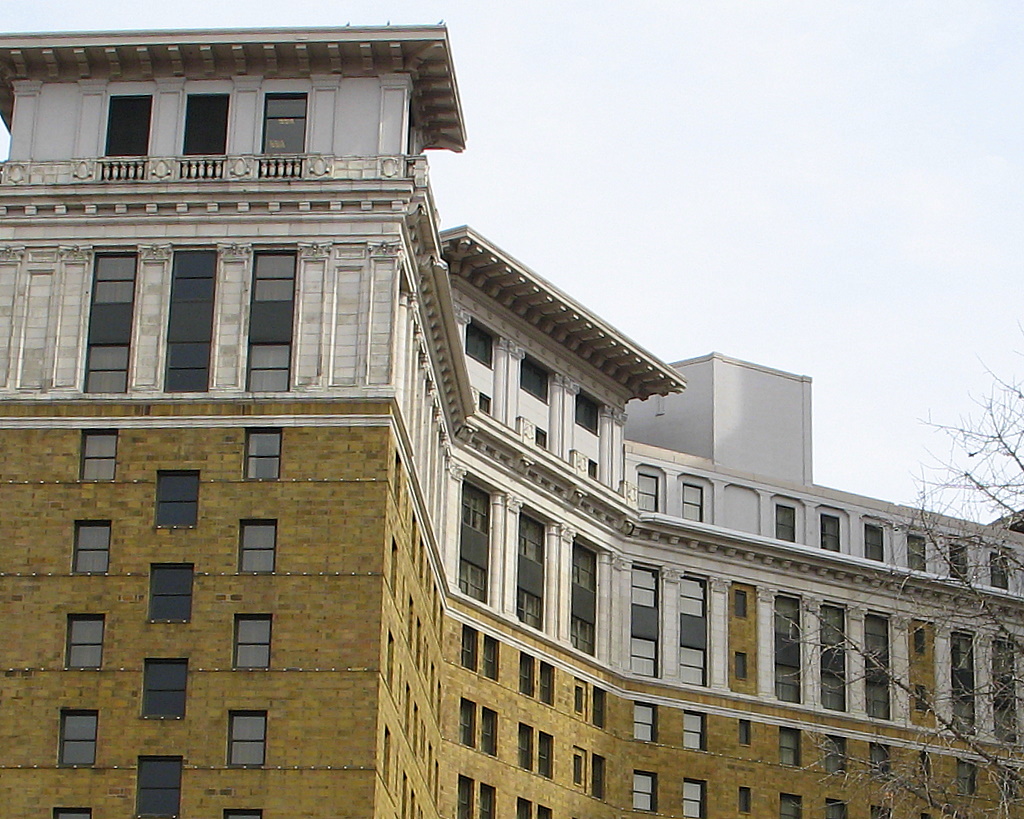I'm not sure that there is a cut and dried formula for determining when to apply the monumental. I love that Minneapolis has spent the money to make the Midtown Greenway bike/ped bridge over Hiawatha Avenue a monument. In my mind, this gesture elevates the status of non-motorized transportation and puts a new, unique landmark on the map.

I also appreciate the rise of "starchitecture" in Minneapolis (Nouvel's Guthrie, Pelli's Central Library) because I think that high quality modern design adds variety and intrigue to our skyline as well as leaving an imprint from our generation. Monumentality for the purpose of leaving landmarks strikes me as a redeeming goal--who doesn't love the ornate St. Paul Hotel, the Foshay Tower, and the Hennepin Avenue suspension bridge?
 But we certainly don't need a city made up entirely of precious landmarks. Martin makes the case for modesty when he talks about places like the Soap Factory (whose name belies its use before becoming an art exhibition space). Its modest origins, its architectural authenticity (e.g. aging wood floors, lack of heat) make it a unique venue in its own right--without any touches of the monumental. As Martin says, "every city should have such rusticity and ruins--or at least places that aren't perfect..."
But we certainly don't need a city made up entirely of precious landmarks. Martin makes the case for modesty when he talks about places like the Soap Factory (whose name belies its use before becoming an art exhibition space). Its modest origins, its architectural authenticity (e.g. aging wood floors, lack of heat) make it a unique venue in its own right--without any touches of the monumental. As Martin says, "every city should have such rusticity and ruins--or at least places that aren't perfect..." So if we want our cities to be rich with beauty, vitality, and functionality, applying a bit of the Golden Mean to our architectural styling seems appropriate. Thanks for the thoughtful article, Architecture MN!
So if we want our cities to be rich with beauty, vitality, and functionality, applying a bit of the Golden Mean to our architectural styling seems appropriate. Thanks for the thoughtful article, Architecture MN!Images: Martin Sabo Memorial Bridge by Richard Tsong-Taatarii for the Strib; The St. Paul Hotel by Twin Cities Daily Photo; and the Soap Factory by Paul Gill.

No comments:
Post a Comment